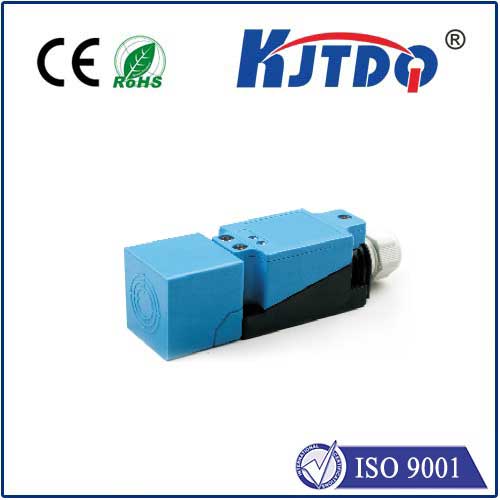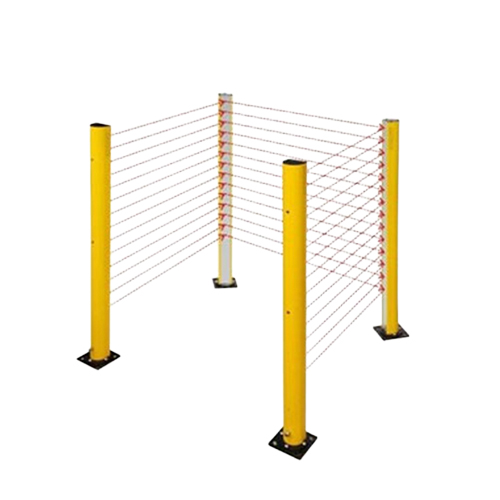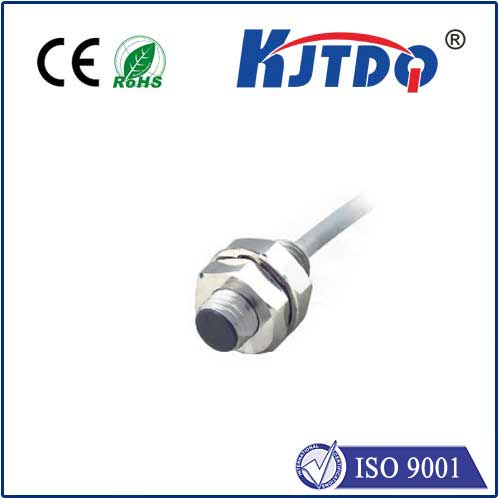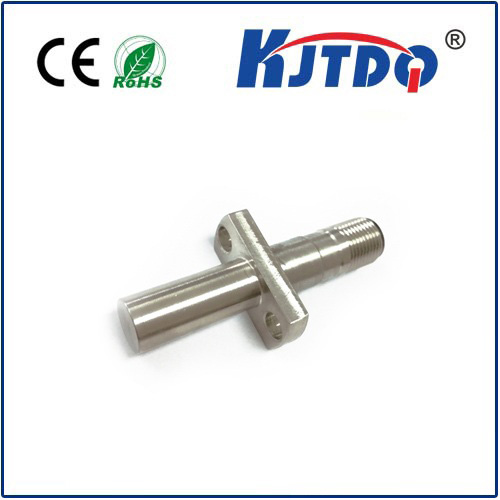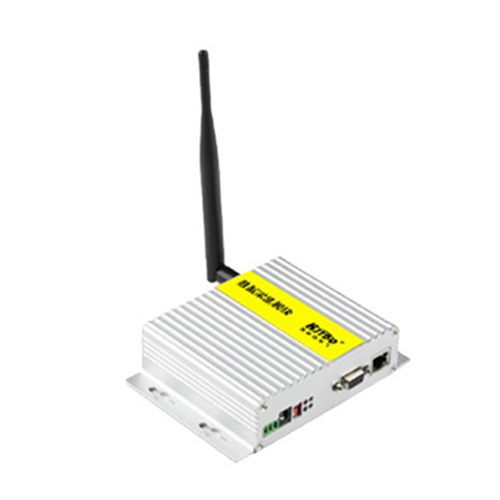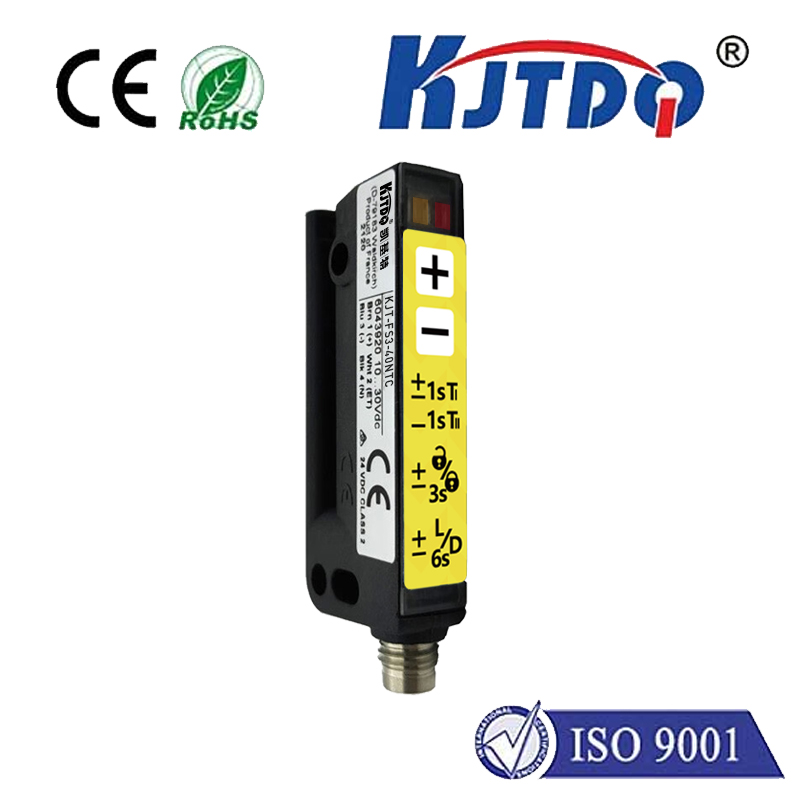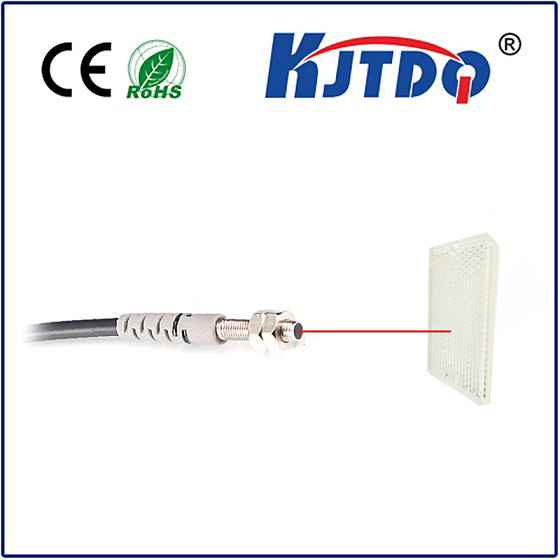

check

check

check

check

check

check

check

check

check

check
Have you ever wondered how your smartphone screen magically turns off when you hold it to your ear during a call? Or how certain doors slide open automatically as you approach, without you needing to touch a thing? This everyday magic is largely thanks to a remarkable piece of technology: the proximity sensor. Fundamentally, a proximity sensor is an electronic device designed to detect the presence or absence of nearby objects without any physical contact. They achieve this by emitting a field or beam and monitoring changes within it caused by an object entering its detection zone. This ability for contactless detection makes them indispensable across a vast array of modern devices and industrial systems.
The Core Function: Sensing Without Touching
At its heart, the proximity sensor definition revolves around non-contact detection. Unlike a simple button or switch that requires physical pressure, proximity sensors operate at a distance. This offers significant advantages: reduced wear and tear since there’s no mechanical contact, faster response times, enhanced reliability in harsh environments (dust, moisture), and the ability to detect specific types of objects reliably. The key metric for any proximity detector is its sensing range – the maximum distance at which it can reliably detect a target object.
How Do Proximity Sensors Actually Work?
Proximity sensors don’t rely on magic; they operate on well-understood physical principles. The specific method depends on the sensor type, but the general proximity sensor working principle involves:

Inside the Sensor: Key Components
While design varies, most proximity sensors share essential sensor components or functions:
Common Types of Proximity Sensors
Different technologies power proximity sensors, each suited to specific applications:
Ubiquitous Applications: Where You Find Proximity Sensors
The application of proximity sensors is incredibly broad due to their reliability and contactless nature:
Why Proximity Sensors Are Essential in Modern Technology
The importance of proximity sensors lies in their fundamental role in enabling automation, safety, and user convenience. They provide machines and devices with a basic sense of “touch” at a distance. By reliably detecting the presence or absence of objects without physical contact, they allow systems to react automatically – stopping a machine if a hand is detected, dimming a screen to save power and prevent errors, opening a door for accessibility, or ensuring precise positioning in manufacturing. This non-contact sensing capability translates directly into increased efficiency, reduced maintenance costs, enhanced safety protocols, and the intuitive, “smart” interactions we’ve come to expect from modern devices.
Their small size, reliability, and relatively low cost fuel their integration into an ever-expanding range of applications, constantly making processes smarter, safer, and more efficient across countless industries and in everyday life. From the smartphone in your pocket to the most complex industrial robot, proximity sensors are a silent but vital component of our technological landscape.

